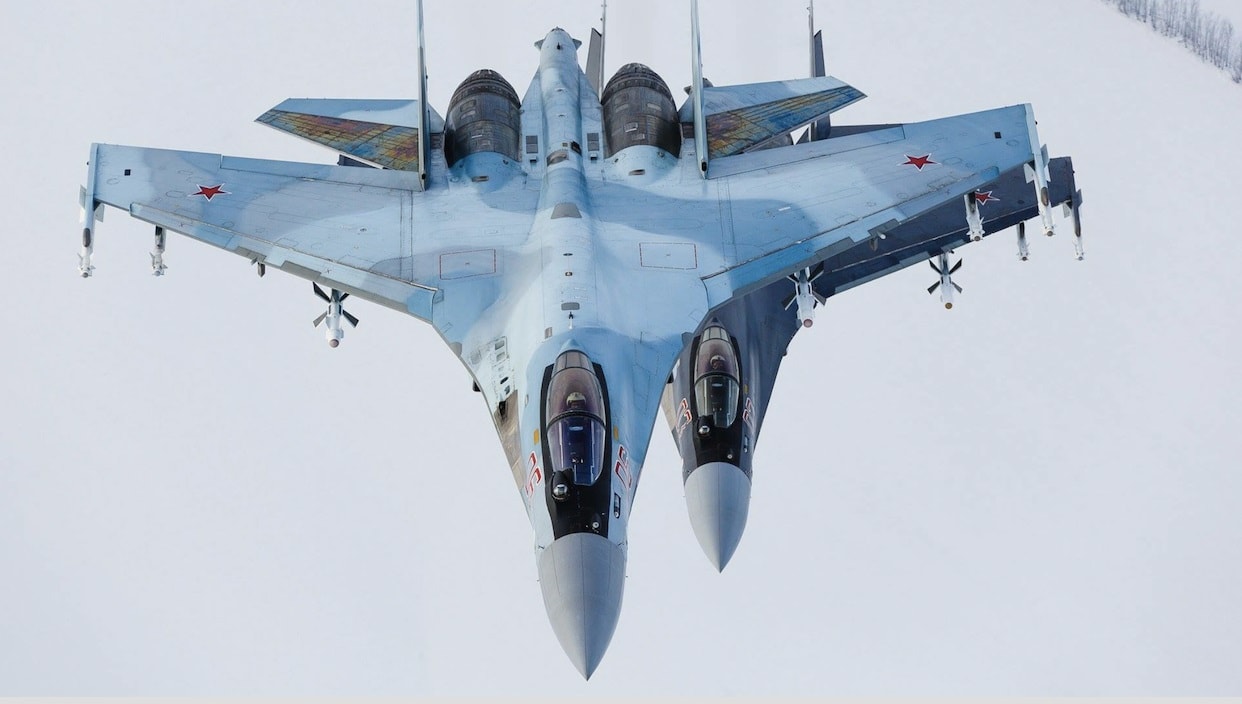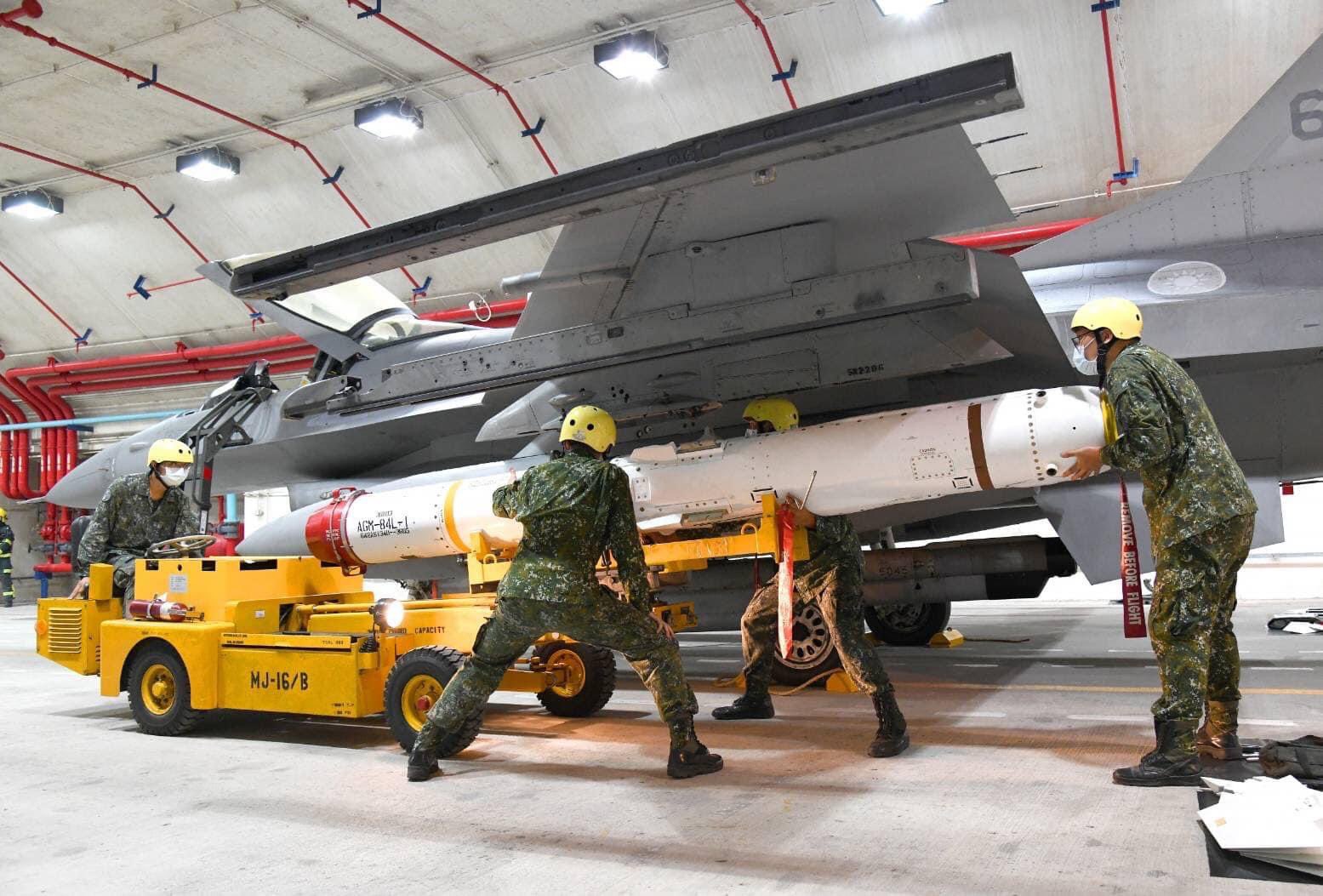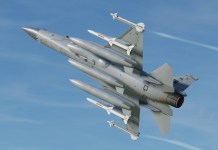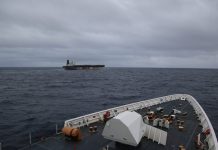The Chinese Su-35 fighter jets, equipped with long-range air-to-air missiles, are said to have prompted Taiwan’s F-16 pilots to retreat, according to recent reports circulating on local Chinese and Russian media websites.
No F-16s For Ukraine But US Is Readying Its ‘Tank Buster’ Fighters Precisely Developed To Hunt Russian MBTs
10 Breakthroughs! Chinese Media Outlines ‘Key Feats’ That PLA Forces Achieved To Merge Taiwan With China
After the J-20 stealth fighter jet, the Russian-origin Su-35 aircraft is the most sophisticated fighter jet used by the People’s Liberation Army Air Force. F-16s, on the other hand, are the most critical part of Taiwan’s Air Force in its preparation to thwart a Chinese attack.
According to sources, the incident occurred as four F-16 fighters attempted to patrol the airspace over the island of Taiwan. However, F-16 fighters were unaware of the Su-35s’ presence.
The Taiwanese pilots were entirely taken off guard when the Chinese Su-35 showed up on the radar, forcing them to retreat into the island’s airspace and lower their flight altitude to avoid being seen, the report claimed.
The Su-35s allegedly blinded the radar of the Taiwanese fighters. The Su-35 fighters’ onboard electronic warfare systems are most likely to be accountable for the F-16 fighters’ radars not picking them up.

These Russian-manufactured aircraft are thought to be outfitted with the most powerful and far-reaching electronic warfare systems, which most likely allowed the fighters to remain hidden until they were approaching their closest range.
With 24 Su-35s purchased from Russia, they are the Chinese fleet’s most potent foreign-built fighter jets. They are best known for their high levels of endurance and maneuverability. Beijing had boldly positioned its Su-35 aircraft across the Taiwan Strait in the last few days.
The images of Su-35s flying over the Taiwan Strait have been made public on the internet. Chinese defense experts claim that the presence of these aircraft makes it difficult for Taiwan’s military to approach any Chinese aircraft in the vicinity.
Su-35 Flanker Vs. F-16 Fighting Falcon
In May 2022, Sukhoi Su-35S Flanker-E fighters flown by China’s People’s Liberation Army Air Force (PLAAF) entered Taiwan’s Air Defense Identification Zone (ADIZ) for the first time since Taipei began making such flights publicly known.
Girish Linganna, an aerospace and defense analyst, pointed out that “the Su-35 is a 4++ generation fighter jet meant to dogfight the F-22 Raptors of the US. On the other hand, Taiwan opted to rely solely on the F-16V, a cheaper alternative to heavy-duty F-15 fighters which are comparable to Su-35s.”
The Active Electronically Scanned Array (AESA) radar-equipped Taiwanese F-16V was a minor improvement over the original F-16. The Su-35, a 4++ generation fighter, boasts several cutting-edge features like thrust vectoring systems that the F-16V does not have. Additionally, the F-16V retains the original’s shortcomings, such as its large radar cross-section.
Linganna further highlighted that “while AESA radar ups the capabilities, the sheer size constraints of the single-engine F-16V limit the size of the radar the nose cone can accommodate. Instead, the Su-35 flaunts the state-of-the-art Irbis E.
On paper, both have a comparable range. However, F-16V has been hunkered down with the electronics and radar systems enhancements. This has impacted its maneuverability.”
With a capacity for twice as many warheads and the capability to carry a few hypersonic missiles, the Su-35 is sure to outperform the F-16V, as noted by Linganna.
In a dogfight, the F-16V probably won’t be able to defend itself. He cited the reason as being “partly due to its decrease in already unfavorable maneuverability and partly owing to the Flanker design of the Su-35 that primes it for effectively dogging enemy missiles.”

The Su-35’s three-dimensional thrust vectoring system also contributes to its superiority. The Chinese military has used the fighters to patrol the South China Sea.
Nonetheless, the fighter jet has many cutting-edge features. The Su-35, with its superior components ranging from radar to payload capacity, can easily engage F-16Vs, said Linganna.
“Su-35 have a radar cross section (RCS) anywhere between one-meter square to three-meter square. Meanwhile, the F-16V has a 5-meter square RCS,” he added.
The Su-35 is outfitted with a Russian airborne electronic warfare system that keeps a database of all enemy radar emissions. Linganna noted that “his intercept can then be downloaded later by others. L-175M10-35 is specifically used on the Su-35.”
According to observers, these systems are powerful jammers capable of blinding adversary radars and other sensors. The overall goal is for their opponents to lose situational awareness long enough for the Russian aircraft to complete its mission.
The aircraft’s capabilities were recently scrutinized due to its poor performance in Ukraine. However, if the report of the recent encounters with Taiwanese F-16Vs is accurate, the Su-35 can continue to maintain its position as one of the best non-stealth aircraft in the world.
- Contact the author at ashishmichel@gmail.com
- Follow EurAsian Times on Google News




